The foundational theory of particle physics, the Standard Model, predicts…


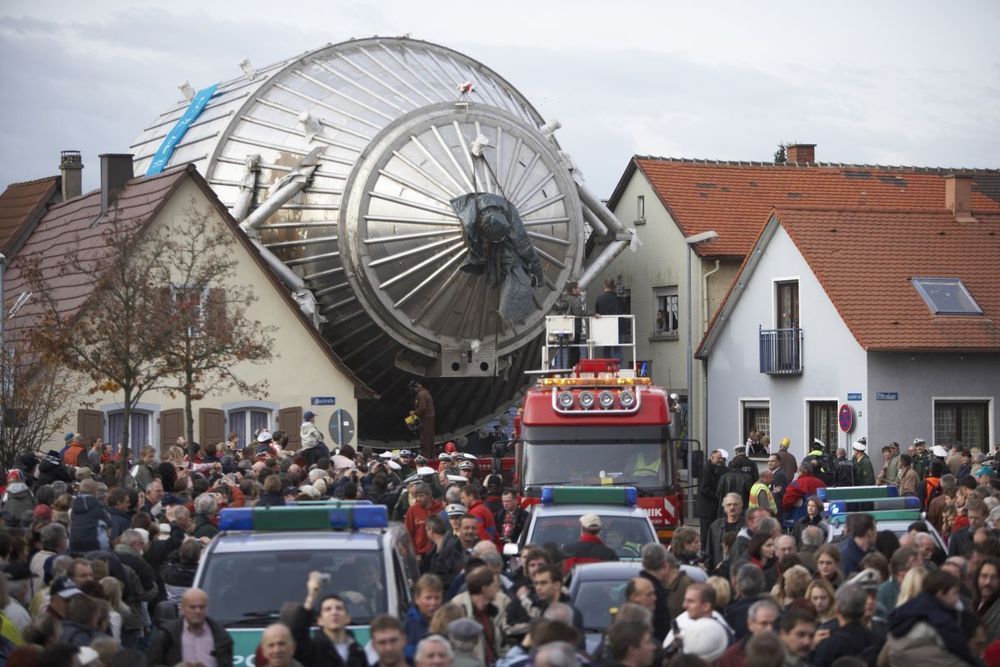
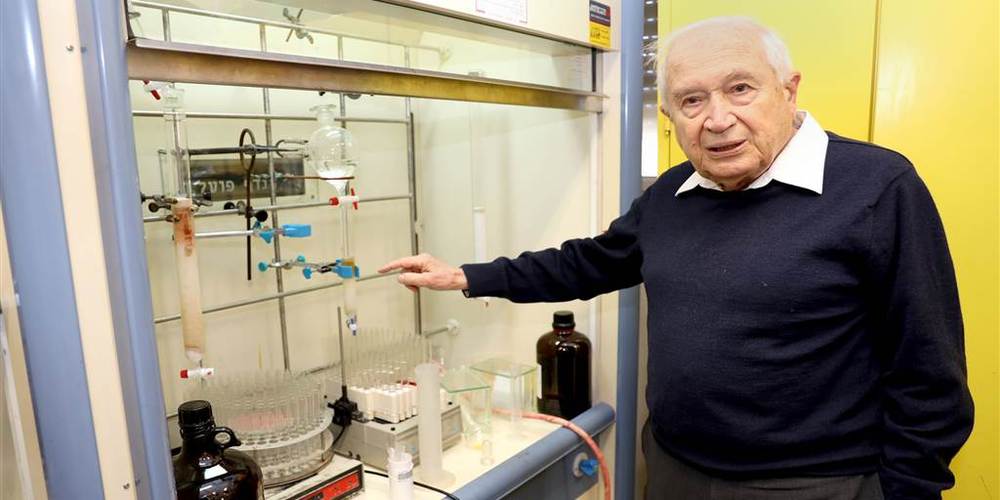
Raphael Mechoulam, an Israeli organic chemist and professor of medicinal chemistry at the Hebrew University of Jerusalem, remembers the letdown after his groundbreaking discoveries surrounding the structure of the cannabis compounds CBD and THC in 1963 and 1964, followed by clinical tests with CBD published in 1980.
“Not much happened,” Mechoulam said, noting that it would take more than 30 years before his clinical work on using CBD, or cannabidiol, to treat epilepsy became widely accepted. Greenwich Biosciences, which is owned by GW Pharmaceuticals, was able to develop the first cannabis-derived drug that built on Mechoulam’s research. The drug, Epidiolex, treats seizures associated with two rare forms of epilepsy and was approved by the FDA only last year.
But even as his work laid the foundation for the modern cannabis industry and for understanding how cannabis interacts with the human body, a white whale eluded research: cannabis acids, which are compounds that are produced in the plant when it is alive and may be more potent than their better-known derivatives, such as CBD and THC.
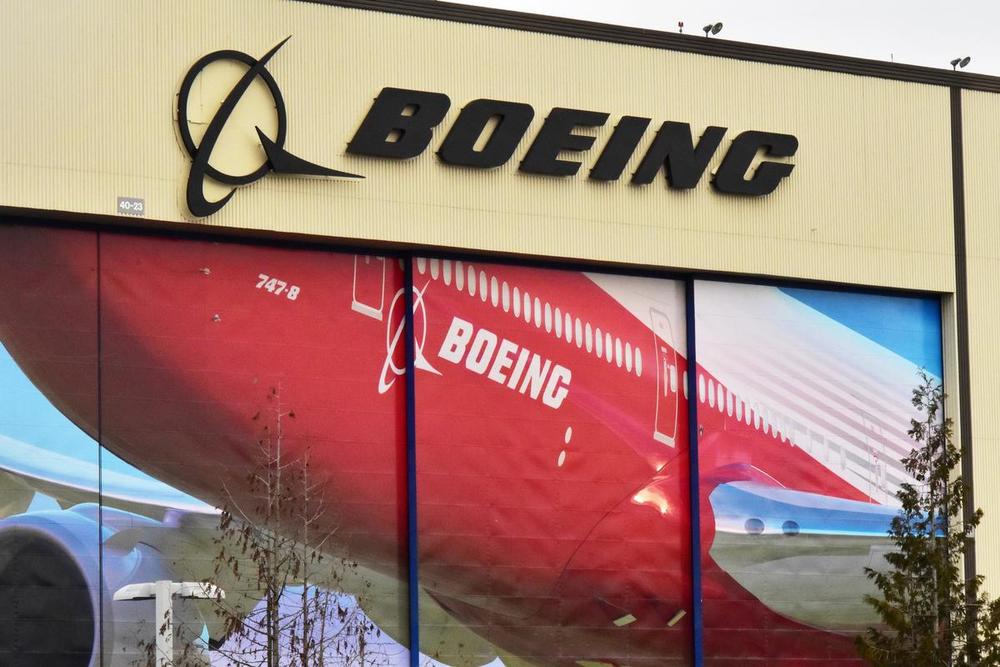
WASHINGTON (Reuters) — The U.S. Federal Aviation Administration late on Friday said it would require operators of some Boeing (BA.N) 737 NG jetliners to conduct inspections for structural cracks and make repairs as needed following the discovery of cracks on a small number of planes.
The FAA said Boeing notified it of the issue “after it discovered the cracks while conducting modifications on a heavily used aircraft.” Subsequent inspections “uncovered similar cracks in a small number of additional planes.” Boeing said on Friday it has been in contact with 737 NG operators about a cracking issue, but added that “no in-service issues have been reported.”
Neither the FAA nor Boeing immediately said how many planes were impacted by the required inspections.
There are now nine Earthlings living and working aboard the International Space Station! 👩🚀 👨🚀 This week’s arrival of astronaut Jessica Meir, cosmonaut Oleg Skripochka and spaceflight participant Hazzaa Ali Almansoori to our orbiting laboratory marks the largest crew on station since September 2015. Watch the latest episode of #SpaceToGround for more details:
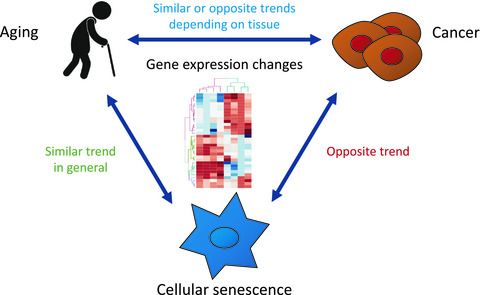
Aging is the biggest risk factor for cancer, but the mechanisms linking these two processes remain unclear. Using GTEx and TCGA data, we compared genes differentially expressed with age and genes differentially expressed in cancer among nine human tissues. In most tissues, aging and cancer gene expression pattern changed in the opposite direction. The exception was thyroid and uterus, where we found transcriptomic changes in the same direction in aging and in their corresponding cancers. The overlapping sets between genes differentially expressed with age and genes differentially expressed in cancer across tissues were enriched for several processes, mainly cell cycle and the immune system. Moreover, cellular senescence signatures, derived from a meta‐analysis, changed in the same direction as aging in human tissues and in the opposite direction of cancer signatures. Therefore, transcriptomic changes in aging and in cellular senescence might relate to a decrease in cell proliferation, while cancer transcriptomic changes shift toward enhanced cell division. Our results highlight the complex relationship between aging and cancer and suggest that, while in general aging processes might be opposite to cancer, the transcriptomic links between human aging and cancer are tissue‐specific.

(VATICAN CITY) — Pope Francis on Friday warned tech company executives, diplomats and financiers that the race to create artificial intelligence and other forms of digital development pose the risk of increasing social inequality unless the work is accompanied by an ethical evaluation of the common good.
Francis addressed a Vatican conference that brought government envoys and Facebook and Google representatives together with philosophers, physicists and ethicists. A smattering of academics and Catholic bishops rounded out participants at “The Common Good in the Digital Age” conference.
The three-day gathering is the latest evidence of the Vatican wanting a place in the debate over the prospects and perils of artificial intelligence.
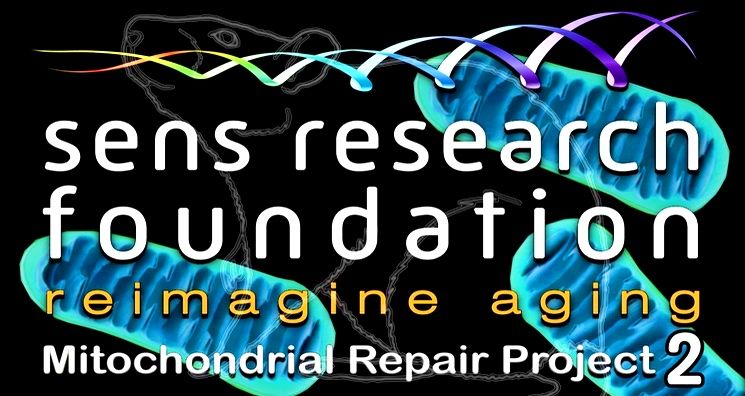
When the structure of DNA was elucidated in 1953, an unimaginable world of possibilities was opened. But we couldn’t even begin to dream about how we would go about using such powerful knowledge. Thirty years later, PCR — the process to replicate DNA in the lab — was developed, and innovation exploded. In 2001 — nearly twenty years ago — the first full human genome was sequenced and published.
The information we’ve uncovered through DNA is enabling us to explore and develop solutions for a variety of problems, from how to mimic human disease in animal models to finding new treatments and cures for devastating diseases such as cancer and Alzheimer’s.
Our ability to engineer biology is making DNA even more powerful. We are building upon the blueprint that was already there, strengthening it, giving it new and improved functions, and leveraging its characteristics to do useful things for us. Perfect examples include engineering the genomes of T cells to turn them into highly specific cancer fighters or modifying bacteria to produce useful products like insulin, food ingredients, or bioplastics. We are even beginning to use DNA to store information, perhaps one day replacing the physical hard drive.
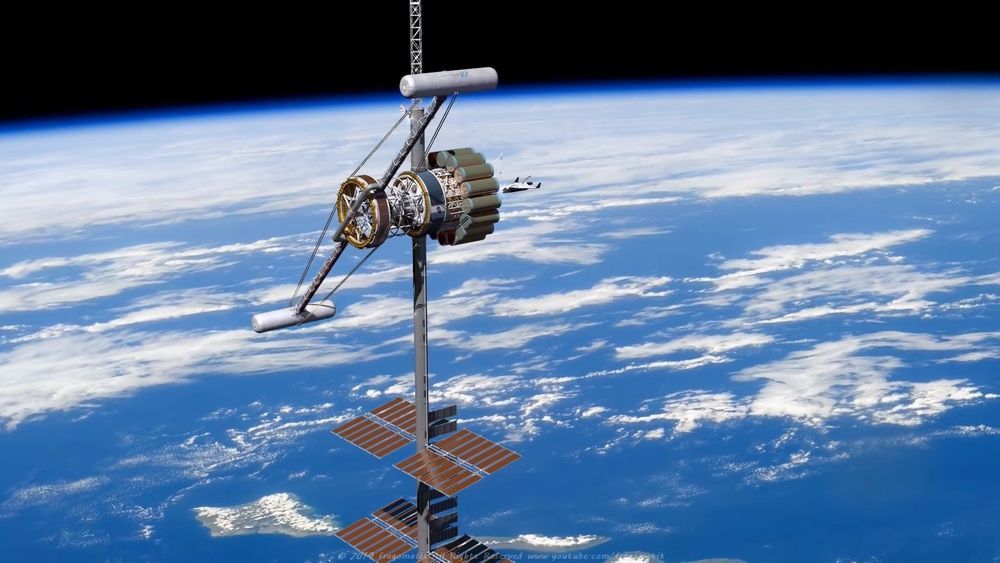
https://www.academia.edu/6213899/First_Low_Earth_Orbit_Stati…oid_Mining It processes asteroid material, produces fuel and has long term habitation facilities for staff (artificial gravity ring, radiation protection ect.). Animated